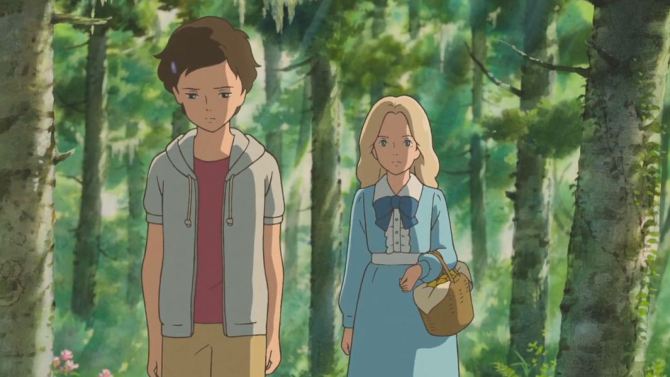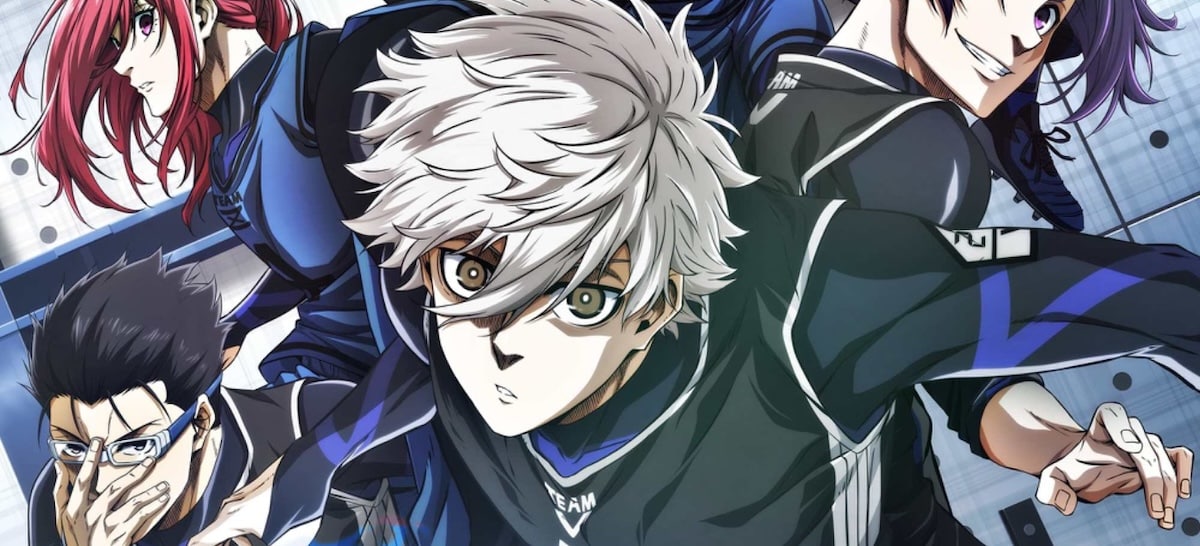Falling somewhere between fairy tale and ghost story, When Marnie was There potentially represents the final brick in the wall of Studio Ghibli films, coming on the heels of the retirement of famed director Hayao Miyazaki. Following Miyazaki’s departure, the studio announced it would temporarily suspend operations while a new direction was carved out for the team; a direction that may focus solely on existing properties and trademarks. And the director of Ghibli’s potential swan song, Hiromasa Yonebayash, has already departed the studio. When Marnie was There fared poorly in Japan on opening weekend, falling behind Maleficent and Pokémon: The Movie.
It’s all a fairly quiet, sad ending for a creative giant, but in a way, When Marnie was There feel as appropriate a note as any to end on. Trending away from talking animals and fantasy creatures, When Marnie was There focuses on a more delicate story of abandonment and closure. Adapted from the novel by Joan G. Robinson, this is the account of 12-year-old Anna Sasaki. Anna lives in Sapporo with her foster parents; she also lives with crippling self-doubt, which releases itself in the form of anxiety-driven asthma attacks. Though it’s not officially stated, it’s also strongly implied that Anna is depressed. “I hate myself,” the protagonist says of herself, after insulting her peers and driving herself into further isolation.
After a particularly bad asthma attack, Anna’s foster parents decide she needs to get away from the city air and spend the summer at the seaside with some of their relatives. Anna begins to spend her evenings at an abandoned mansion, which she’s told has been vacant for some time. After dreaming about a young blonde girl her own age living there, Anna finds the mansion lit up and fully occupied. She forms a friendship with the girl from her dreams, Marnie, who appears to be real – but no one else ever sees her. The two bond over the feeling of being outsiders and those left behind, but Anna struggles to understand the truth behind Marnie’s appearance, and whether she actually exists at all.
It’s easy to read into the character of Anna in a lot of different ways. She’s sketched out enough to feel like a full character, but there are empty areas to fill in the blanks – so much so that I wondered through most of the movie if this was a tale about coming out more than anything else (it wasn’t, though I kind of wish it had been). What it is that makes her an outsider is a placeholder that many children could fill with their own doubts or insecurities; it’s about more than being an orphaned child.
Some of Ghibli’s more realistic stories haven’t fared as well for me. I struggled with the most recent, The Wind Rises. And while not my number one Ghibli pick, When Marnie was There stands among the best, somewhere behind Spirited Away, Princess Mononoke, and Grave of the Fireflies, my notable favorites. The animation is gorgeous. I can’t speak for the English dub, which features Hailee Steinfeld (known for her role in True Grit) and Kiernan Shipka (Sally from Mad Men), as I saw the subtitled version.
It’s refreshing and surprising to see children’s stories embracing more complex topics like depression. It’s hard not to feel like the endless litany of boy-saves-girl fairy tales are emotionally damaging for everyone, setting up young women for lives of waiting to be saved. Between this release and Pixar’s Inside Out, there are suddenly multiple movies in theaters today, aimed at children, that feature female protagonists grappling to understand emotional processes that most adults don’t have a handle on. And so, if nothing else, what may be Ghilbi’s final step also feels like an important step in the right direction.








30 years of masterpieces or near-masterpieces is all the more impressive in a medium as faddish and evanescent as cinema: the revered ‘New Hollywood’ era only lasted a decade, the classic film noir cycle less than 20 years.
Comments are closed.